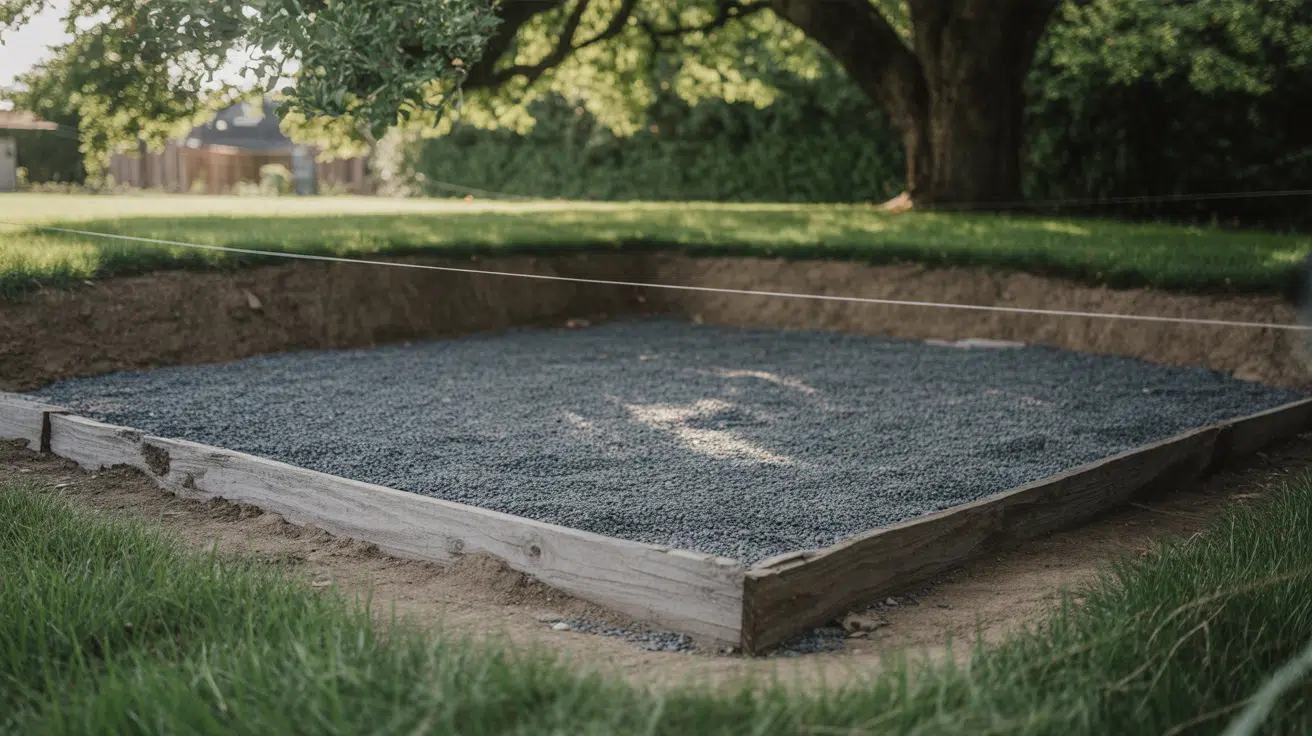Maximizing Your Home Renovation Budget With Financial Tips for Every Room
Renovating a home can be both exciting and daunting. While the thought of transforming your living space into your dream home is thrilling, the costs associated with renovations can quickly add up. Budgeting wisely is key to ensuring your renovation project is not financially burdened.
Whether you’re updating a single room or undertaking a full house remodel, there are strategies to help you make the most of your budget. This guide provides practical financial tips to maximize your home renovation budget, focusing on each area of your home.
Focus on High-Traffic Areas First
Consider starting with the rooms you use the most. High-traffic areas like kitchens and bathrooms often show signs of wear and tear sooner than others. Focusing your budget on these areas can provide a higher return on investment in both your daily enjoyment and potential resale value.
In the kitchen, for example, you might consider updating appliances or replacing old cabinets with more affordable, semi-custom options. This way, you maintain a fresh look without breaking the bank. Another cost-effective tip is to refinish rather than replace. A fresh coat of paint and new hardware can make a significant difference if your existing cabinets are structurally sound.
Make Smart Updates in Bathrooms

Bathrooms are another high-impact area where smart choices can save money. Instead of a full overhaul, consider updating fixtures, adding new lighting, or replacing worn tiles. Smaller changes can create a fresh look without the price tag of a complete remodel.
Additionally, when updating any room, think about energy efficiency. Opting for energy-efficient fixtures and appliances may have a higher upfront cost but can save you money on utility bills over time. This approach is particularly effective in the kitchen and bathroom, where water and electricity usage is typically higher.
Use Financial Tools for Better Planning
As you consider financing these updates, it’s crucial to think about how to stretch every dollar. A practical tool in this process is a savings interest calculator. Using an interest calculator, you can better understand how your savings will grow over time if you decide to save a portion of your renovation budget upfront.
This tool can help you determine the best time to make larger purchases or investments, ensuring you’re not depleting your savings all at once. Instead, you can strategically plan your renovation expenses to align with your savings growth, making the most of your budget over time.
Simple Changes for Living Rooms and Bedrooms
Regarding the living room and bedrooms, the focus should be on comfort and aesthetics. Here, simple changes can make a big impact. Consider painting the walls with a new color to change the ambiance. Paint is relatively inexpensive but can dramatically transform a room’s feel.
You can also update the room’s look with new window treatments, rugs, or lighting. For a more substantial change, consider built-in shelving or a feature wall. These updates are often less expensive than structural changes and can add significant value and appeal.
Transforming Basements and Attics
Moving to more functional spaces like basements or attics, consider turning these underutilized areas into usable living spaces. A basement can become a cozy family room, guest suite, or rental unit. When working with such spaces, focus on foundational repairs and insulation first.
Ensuring these areas are dry and warm before making any aesthetic changes. Simple flooring solutions, like vinyl planks or carpet tiles, can make a big difference without a hefty price tag.
In the attic, adding insulation is a top priority.
Not only does it make the space more comfortable, but it also improves energy efficiency throughout the home. Once insulated, consider converting the space into a home office, gym, or extra bedroom. These types of conversions typically yield a good return on investment.
Planning around the existing layout can save money for both basements and attics. For instance, positioning a bathroom near existing plumbing lines reduces the need for extensive and costly pipework.
Cost-Effective Outdoor Renovations
Outdoor spaces are also crucial to your home’s appeal and value. Investing in your home’s exterior can improve curb appeal and offer a great space for relaxation and entertainment. However, outdoor renovations don’t have to be expensive.
Consider starting with low-cost updates like painting the front door, adding new plants or flowers, or installing new house numbers. If you’re considering bigger projects like decks or patios, try using cost-effective materials that still offer durability and appeal. Composite materials, for example, often provide a good balance between cost, appearance, and longevity.
Consider DIY Where Possible
Additionally, consider the benefits of doing some of the work yourself. DIY projects can significantly reduce costs if you have the skills and tools required. However, it’s important to know your limits. Tasks that involve plumbing, electrical work, or structural changes should generally be left to professionals.
Poorly executed DIY work can lead to costly repairs, negating any initial savings. Instead, focus your DIY efforts on painting, landscaping, or installing certain fixtures and fittings.
Get Multiple Quotes and Plan for Resale
Another vital strategy is to get multiple quotes for any required professional work. Don’t settle for the first contractor you find. Getting at least three quotes lets you compare prices and services, ensuring you get the best deal possible.
Furthermore, ensure the quotes are itemized so you can see where your money is going and identify potential areas for savings. Ask about the possibility of sourcing some materials yourself, which can sometimes lead to significant cost reductions.
When budgeting for renovations, also consider the resale value of the improvements. While not every update will directly increase your home’s market value, some renovations provide a better return on investment than others. Kitchens and bathrooms, as mentioned earlier, often offer the best ROI.
In contrast, more personalized spaces, such as hobby rooms or extravagant landscaping, might appeal to only some buyers. When in doubt, choose neutral colors and timeless finishes with broad appeal.
Conclusion
Maximizing your home renovation budget requires thoughtful planning and strategic choices. From selecting cost-effective updates in high-traffic areas to using tools like different calculators for better financial planning, there are many ways to ensure your renovation adds value to your home without overspending.
Remember that a successful renovation isn’t just about making your home look good—it’s also about making financially sound decisions that protect and potentially grow your investment over time. By balancing aesthetic goals with practical considerations, you can achieve a beautiful, functional home that remains within your budget.







